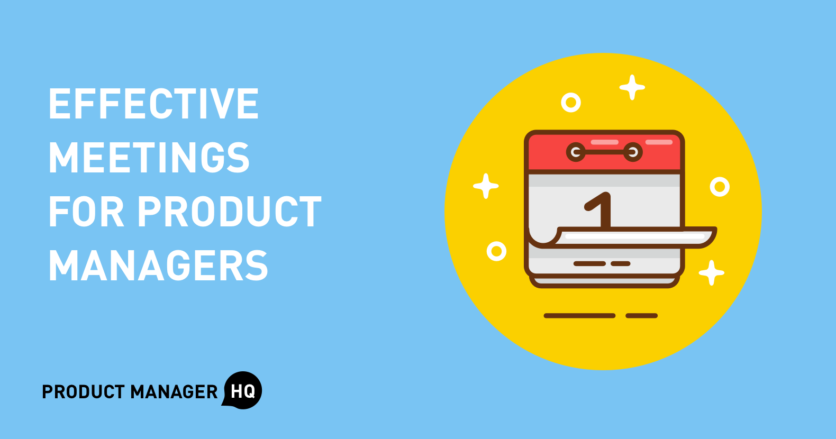Nearly every product manager I’ve ever spoken with has the exact same situation – calendars filled entirely with meetings.
There’s a reason why we have so many meetings as product managers. Meetings can be one of the most effective ways to debate topics, make decisions, and create action plans across diverse stakeholders.
Since meetings take up so much of our time, let’s discuss best practices for how to run effective meetings, to ensure that we get the most value for our time.
Principle #1: Define a meeting owner
Every meeting needs a single owner. After all, multiple psychological studies have shown that in situations of unclear or shared ownership, responsibility becomes diluted, which leads to less effectiveness across the organization.






